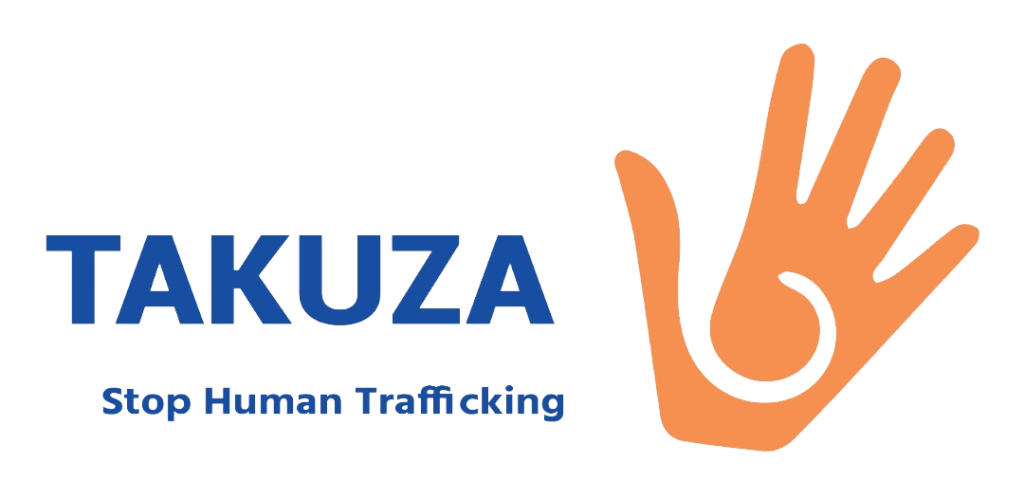learn about
Safe Migration
a summary on migration activities
Migration has been an ongoing process since the beginning of humanity. In today’s world, people migrate in search of a better life and a more secure future for their families. Migration refers to the movement of people from one place to another, often across borders, due to factors such as unemployment, family reunification, conflict, or persecution (IOM, 2019).
did you know?
Zambia is considered a source, transit, and destination country for migrants.
Source
A country from which individuals originate.
Some Zambians travel abroad for employment, education, or family reasons.
Transit
A country that migrants pass through en-route to another country.
Destination
A country where migrants settle, either through regular (legal) or irregular (undocumented) processes (IOM, 2020).
types of migration
Migration can be:
- Internal or international.
- Voluntary or involuntary.
- Temporary or permanent.
internal migration
movement within a country, such as from rural to urban areas. This includes internally displaced persons (IDPs) who have been forced to move but remain within their own country’s borders (UNHCR, 2022).
international migration
Movement from one country to another, involving the crossing of international borders (IOM, 2019).
voluntary migration
When individuals move by choice, often influenced by social, economic, environmental, or political factors (UN DESA, 2020).
forced migration
When individuals are compelled to move due to war, natural disasters, persecution, or human trafficking (UNHCR, 2022).
Asylum Seeker
A person who has fled their country and is seeking international protection but whose claim for refugee status has not yet been determined (UNHCR, 2022).
Refugee
A person forced to flee due to a well-founded fear of persecution, conflict, or violence, and who has crossed an international border (UNHCR, 2022).
Stateless Person
Someone who is not recognized as a citizen by any country. This can result from reasons such as lack of birth registration, discriminatory laws, or state succession (UNHCR, 2021).
Stranded Migrant
Migrants who cannot return to their country of origin and are unable to move on to another country due to legal or practical barriers (IOM, 2020).
Victims of Trafficking
Individuals exploited for profit through coercion, fraud, or force, regardless of whether the traffickers are prosecuted (UNODC, 2021).
Unaccompanied or Separated Children
Children not in the care of a parent or guardian, often due to conflict or forced migration (UNICEF, 2018).
program activies
In order to address the shortcomings of migration, the organization conducts a series of programs that includes but not limited to Policy Advocacy , education and awareness, profiling of vulnerable migrants as well as counseling.
Migrant Profiling
The project also conducts identifying and profiling of vulnerable migrants who are detained in correctional facilities for various immigration offences such as irregular entry, lack of documentation, expired visas among others. A vulnerable migrant is described as a migrant that is particularly susceptible to exploitation, abuse, and violence who may have limited capacity to resist or cope with these situations.
Profiling of migrants remains a key activity of the programme as it targets to key provinces namely Eastern which focuses on Chipata, Katete Petauke and Nyimba prisons while Lusaka focuses on Chimbokaila and Mwembeshi prisons. The implementation of this activity is achieved through collaborations and partnerships with line stakeholders such as the Department of Zambia Correctional service and the Department of Immigration.
After profiling of these migrants, the team facilitates the return of these migrants. This is done through engaging in family tracing. In cases where families are identified, they then ask them to purchase flight tickets for their beloved ones after paying a fine or serving a sentence.
policy advocacy
The programme has also taken centre stage in policy advocacy and this has been done through raising awareness in public gatherings. Additionally, media platforms such as the radio and TV as well as social media have been used to push for policies that fight migration and its effects. These platforms are also key for knowledge sharing on safe, orderly and dignified migration.
The team also engages in meeting with migrant communities that are of foreign origin and are within our communities to assess risks and provide them with guidance on legal migration pathways.
referrences
- International Organization for Migration. (2019).
- World Migration Report 2020 [https://www.iom.int/wmr](https://www.iom.int/wmr).
- International Organization for Migration. (2020).
- Glossary on Migration [https://publications.iom.int/system/files/pdf/iml\_34\_glossary.pdf](https://publications.iom.int/system/files/pdf/iml_34_glossary.pdf)
- United Nations High Commissioner for Refugees. (2021). Statelessness. [https://www.unhcr.org/statelessness](https://www.unhcr.org/statelessness).
- United Nations High Commissioner for Refugees. (2022).
- Refugee Definitions. [https://www.unhcr.org](https://www.unhcr.org).
- United Nations Department of Economic and Social Affairs. (2020).
- International Migration2020Highlights.[https://www.un.org/en/desa](https://www.un.org/en/des).
- United Nations Office on Drugs and Crime. (2021).
- Human Trafficking [https://www.unodc.org/unodc/en/human-trafficking](https://www.unodc.org/unodc/en/human-trafficking)
UNICEF. (2018). - Children on the Move. [https://www.unicef.org/migration-children](https://www.unicef.org/migration-children)
https://emm.iom.int/handbooks/migrants-vulnerable-violence-exploitation-and-abuse/individual-protection-and-assistance.

